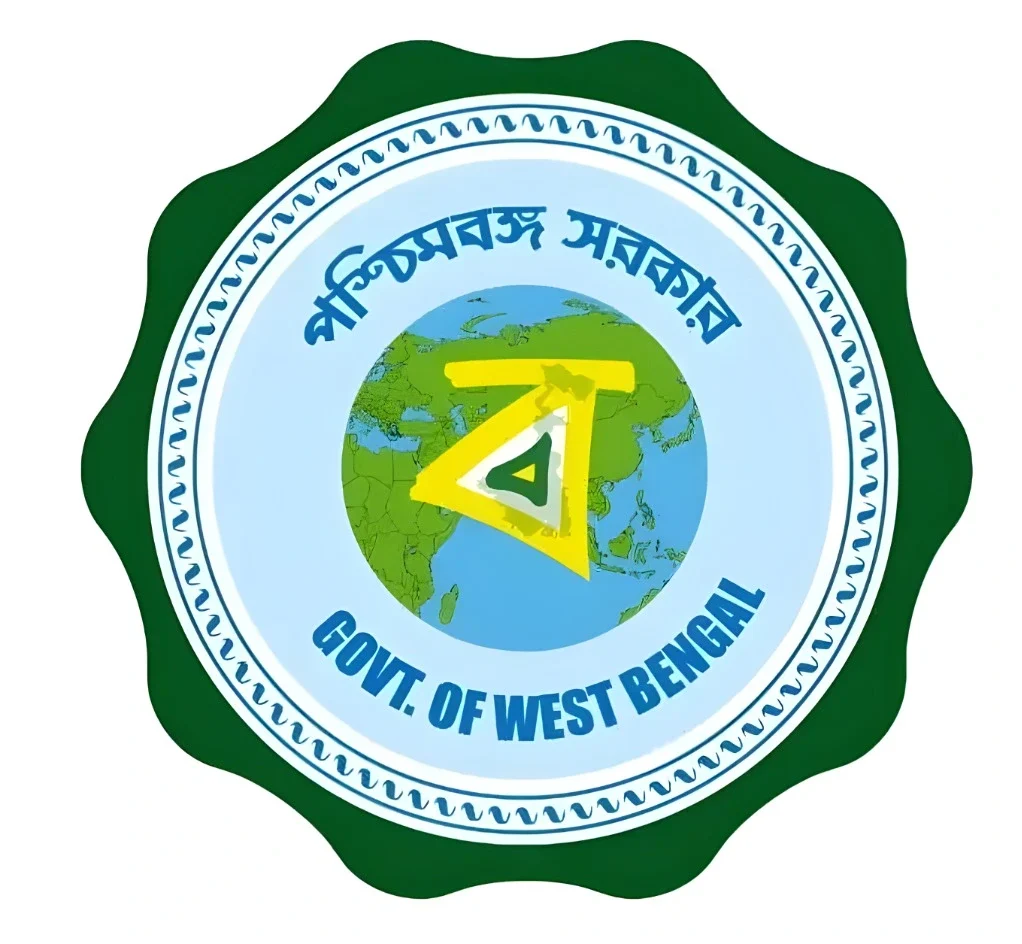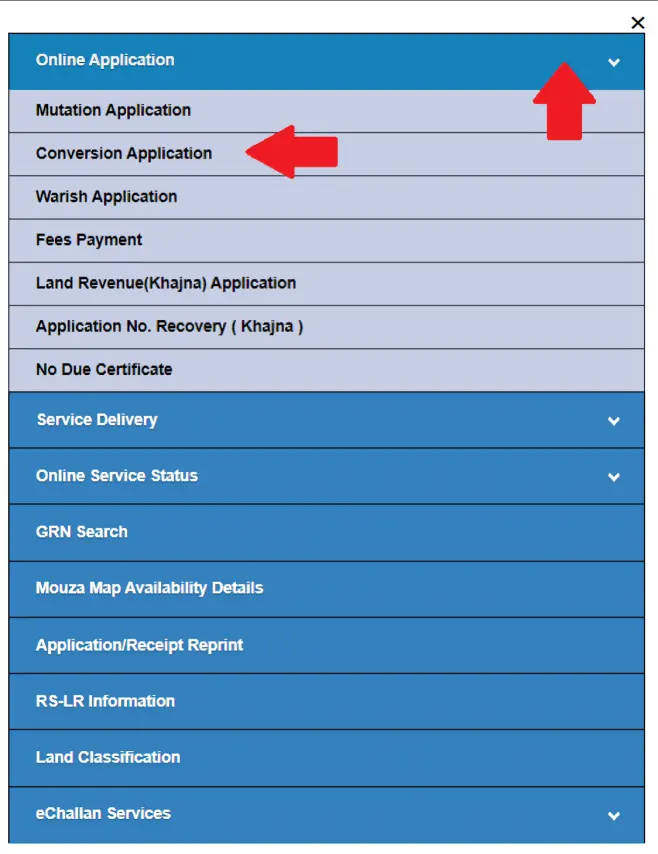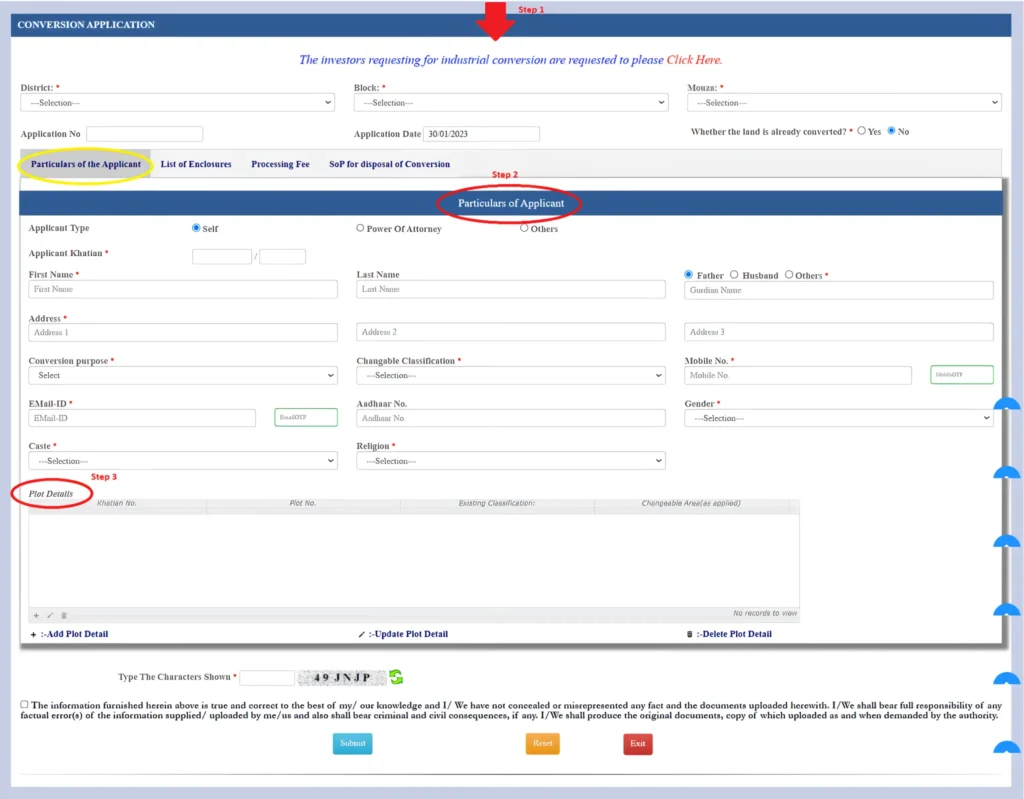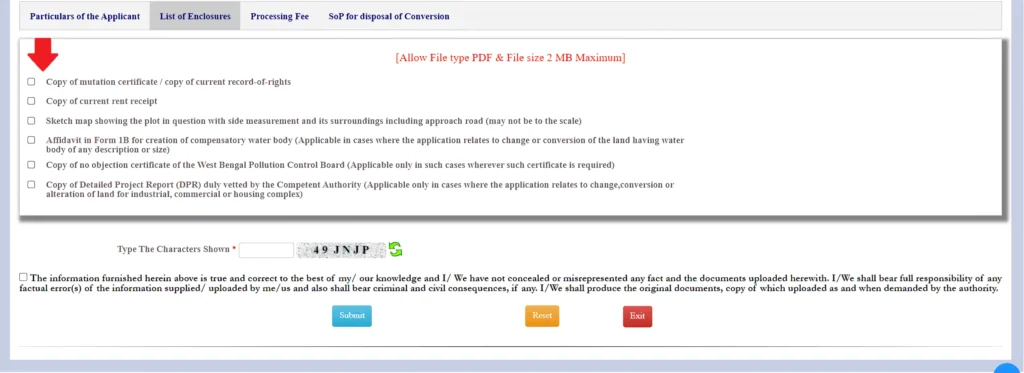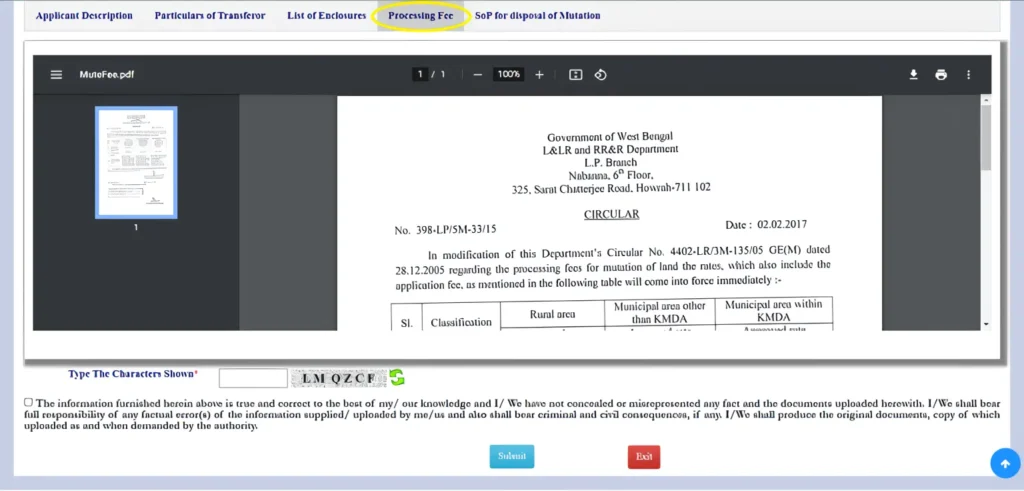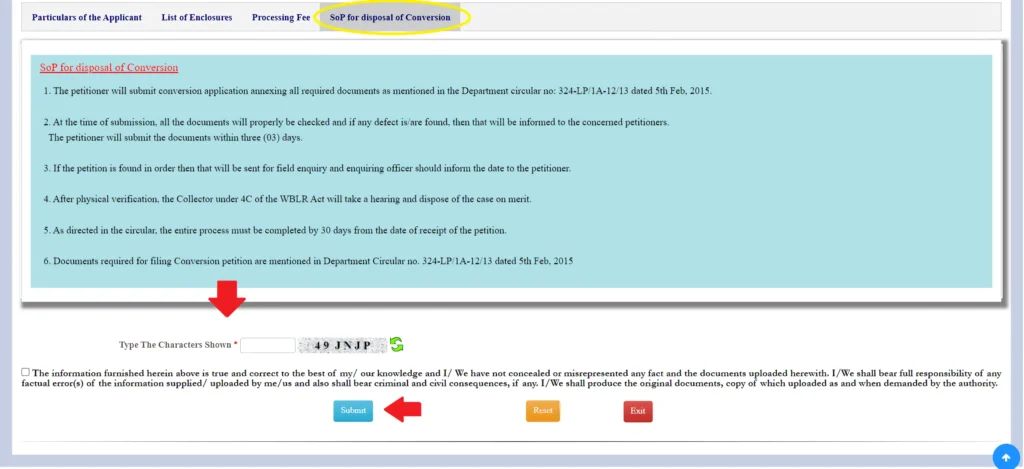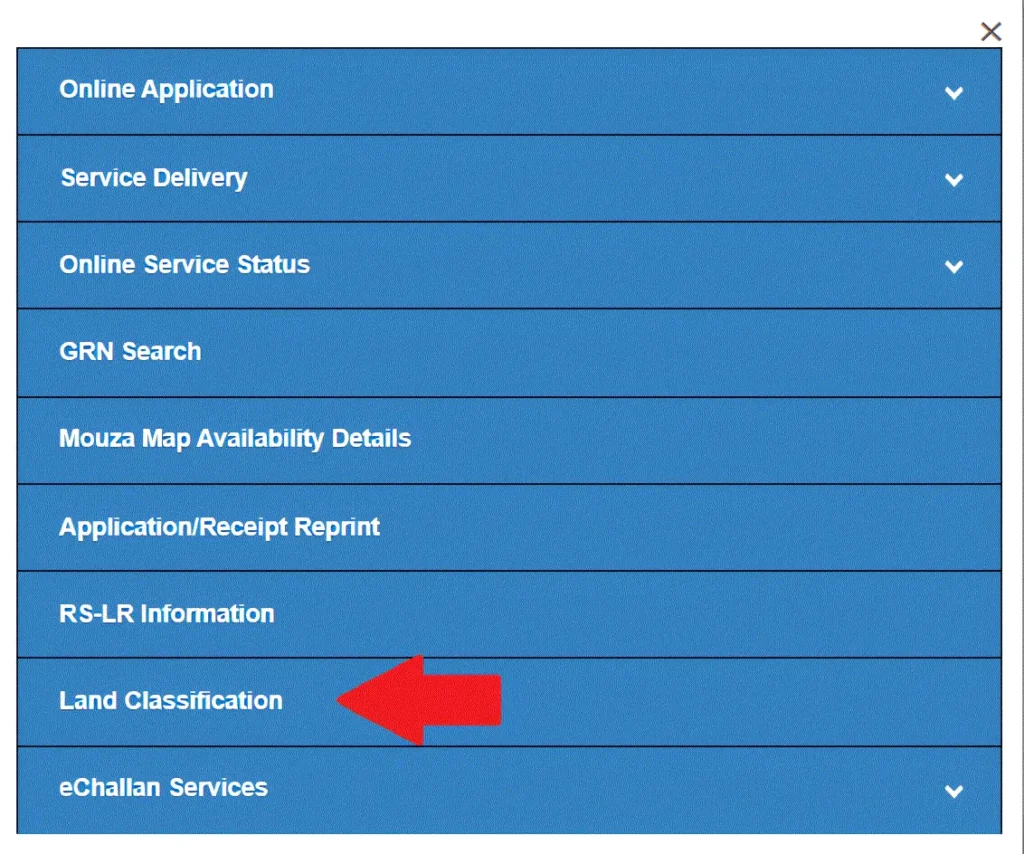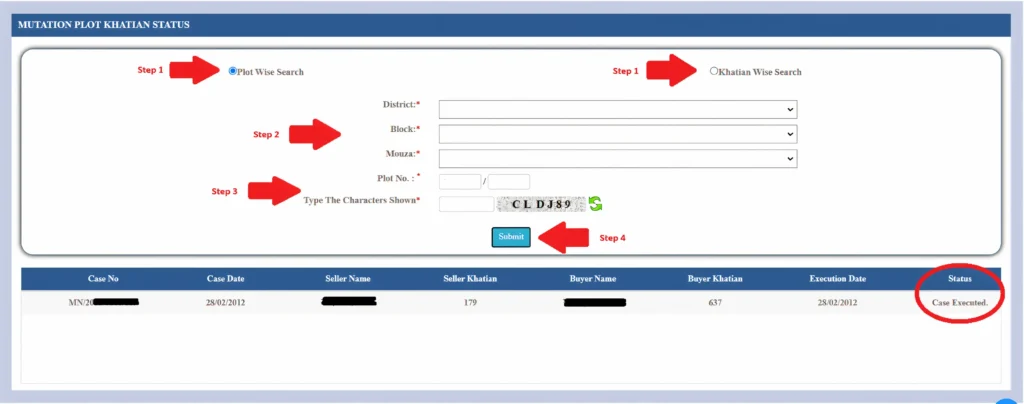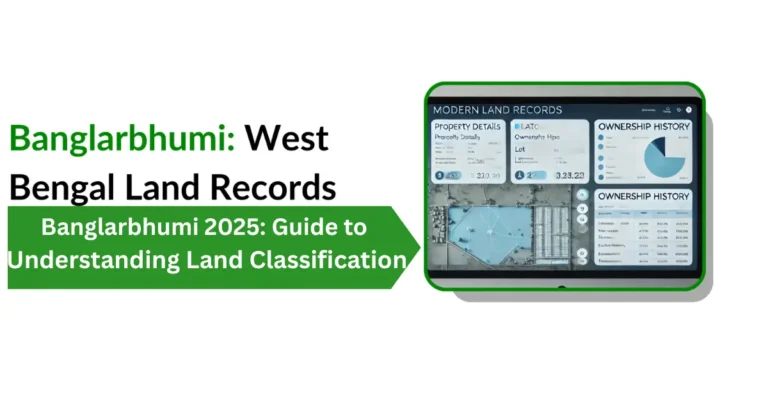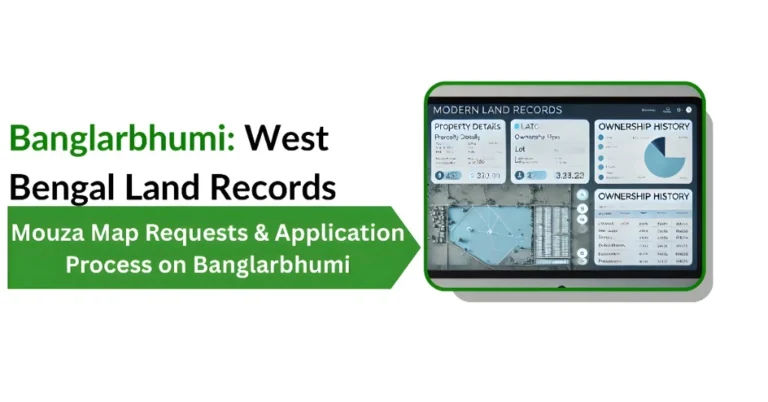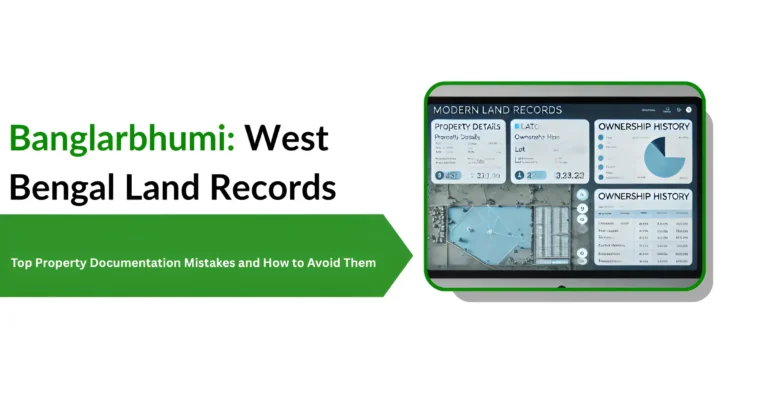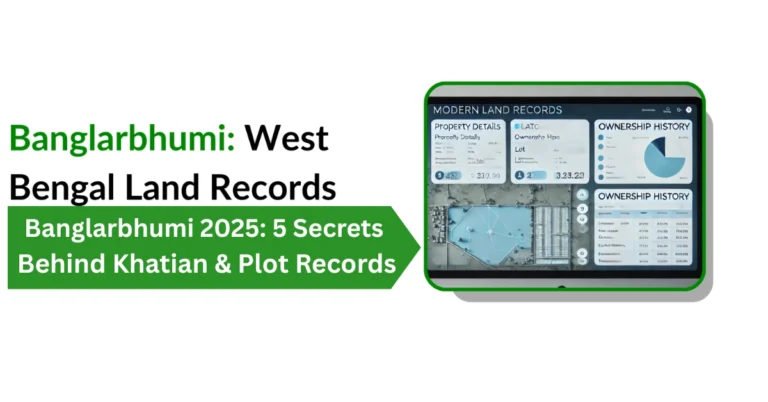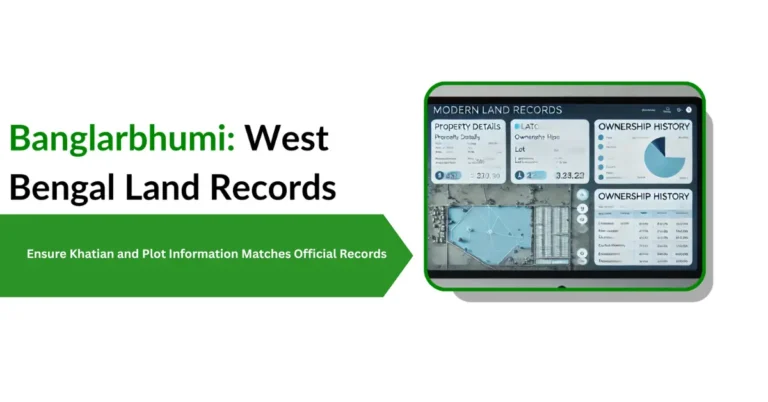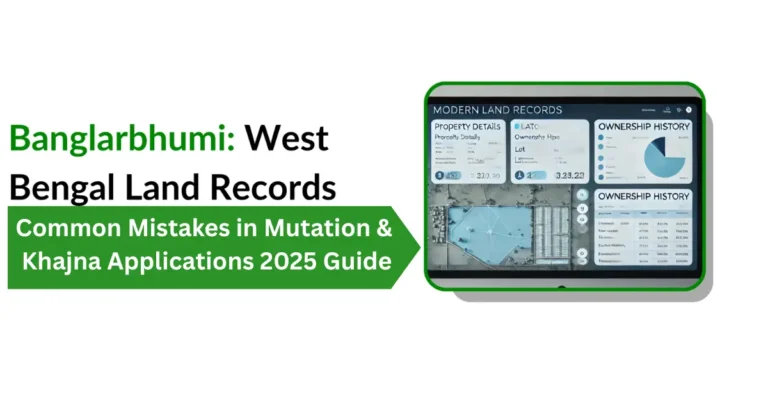Land Conversion Application and Status Tracking Guide 2025
In Banglarbhmi,Land conversion is essential for urbanization and infrastructure growth. As cities expand in West Bengal and across India, agricultural land is often converted for residential, commercial, and industrial use. This guide covers the Land Conversion Application process, how to track your application, and common challenges you may encounter.
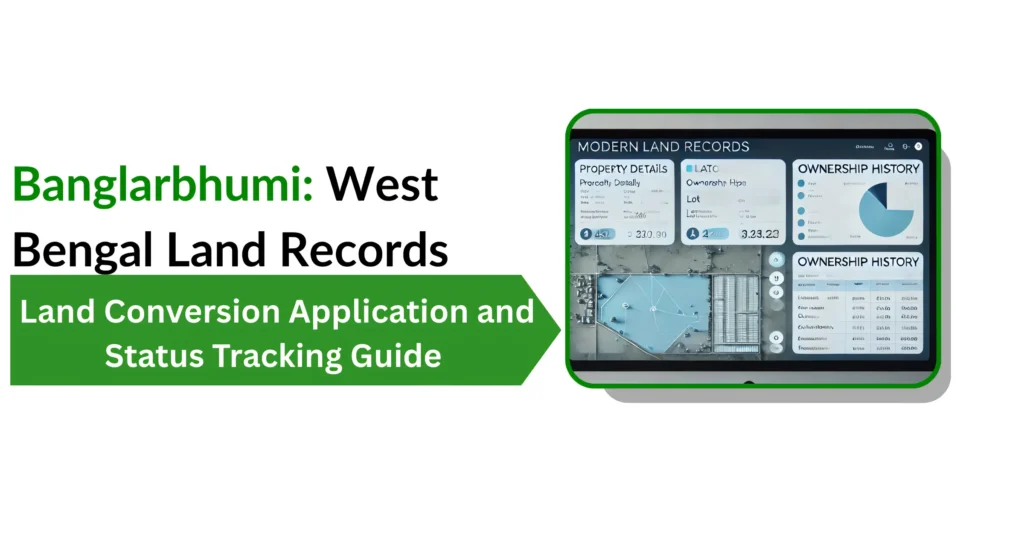
What is Land Conversion?
Land conversion refers to the legal process of changing the use of land from agricultural to non-agricultural purposes, such as residential, commercial, industrial, or infrastructure development. This process is essential to ensure that land use complies with zoning laws and town planning regulations, and allows developers to legally use the land for their intended purpose.
Why is Land Conversion Important?
Legal Compliance:
Converting farmland for non-agricultural use without approval is illegal and could result in penalties, demolition of unauthorized structures, or legal action.
Urban Expansion:
As cities grow, there’s a constant need for more space for housing, businesses, and infrastructure, which makes the conversion of agricultural land essential.
Unlocking Development Potential: Developers require land to be classified for the specific use (residential, commercial, industrial) to secure permits and financing.
Increase in Land Value:
Once converted, the land’s value may increase due to its new use, benefiting both landowners and investors.
Legal Framework Governing Land Conversion
Land conversion Application laws and processes vary by state, but the core principles remain consistent across India. Key authorities involved in the conversion process include:
Ensures land title and ownership are clear.
Governs land use regulations and zoning.
Oversee urban planning and land allocation.
Handles rural land conversion in some states.
These authorities ensure that land conversion Application follows the legal framework, local zoning regulations, and urban planning guidelines.
Steps in the Land Conversion Application Process
Verification and Inspection
After submission, authorities will verify the documents and inspect the land. They will confirm the land ownership, clear title, and ensure there are no disputes or encumbrances. Environmental restrictions, if any, will also be checked
Payment of Fees
A one-time conversion fee is required based on factors such as the land’s size, location, and intended use (residential, commercial, etc.). This fee varies by state and land use type.
Approval and Land Record Update
Once all checks are complete and the conversion is approved, the land records are updated to reflect the new classification (from agricultural to non-agricultural). A formal approval certificate is issued.
How to Track Your Land Conversion Application
Tracking your application status is easy through the official portal or by contacting local authorities:
Visit the Official Portal:
Log in to the portal using your reference number and navigate to the Land Transformation Services section to check your application status (pending, approved, in process).
Use the Reference Number:
After submitting your application, you’ll receive a reference number. This number can be used to track progress online or by contacting the local Tehsildar’s office.
Contact Local Authorities:
If online status tracking is unavailable or insufficient, visit the local Tehsildar’s office with your reference number to inquire about the status.
SMS/Email Alerts & RTI:
Many states provide SMS or email updates on the status of your application. If there are delays, you can file a Right to Information (RTI) request to get more detailed updates.
Common Issues in Land Conversion
Though the land conversion application process is relatively straightforward, it can be complicated by several common issues:
Applications, particularly in rural areas, may be delayed due to administrative backlog or lack of resources.
In some cases, informal payments or bureaucratic hurdles can delay the process.
Issues like legacy claims, disputes, or encumbrances on the land can prevent or delay conversion.
Land situated in protected zones (e.g., wetlands, forest areas) may be restricted from conversion due to environmental protection laws.
Best Practices for a Smooth Land Conversion Process
To ensure the conversion process is as smooth as possible:
Track Your Land Conversion Application Status(2025)
Once you’ve submitted your land conversion request on Banglarbhumi, the next step is monitoring its progress. The portal offers a simple online status tracking feature so applicants can check updates anytime without visiting land offices.
Steps to Check Land Conversion Status
Visit the official Banglarbhumi website.
Navigate to “Citizen Services” on the homepage.
Click on “Land Conversion Status” option.
Enter your unique Application Number.
Press Search/Submit to instantly view the status.
Types of Status You May See
Frequently Asked Questions
Final Thoughts
Land conversion is crucial for urban growth and infrastructure development. By following the steps and keeping documents organized, landowners and developers can navigate the process efficiently. Stay informed, consult authorities, and ensure compliance with zoning and environmental regulations to maximize your land’s potential.
